The 17th edition of the Venice Architecture Biennale officially opened last Saturday and will run through November 21st. This year’s theme, “How Will We Live Together?”, is relevant today more than ever, with the current worldwide circumstances. Many pavilions are direct responses to the crisis of 2020 as they are trying to imagine spaces in which we can generously live together. Below are just a few of them for you to decide, if they are worth visiting, in case you make it there this summer.
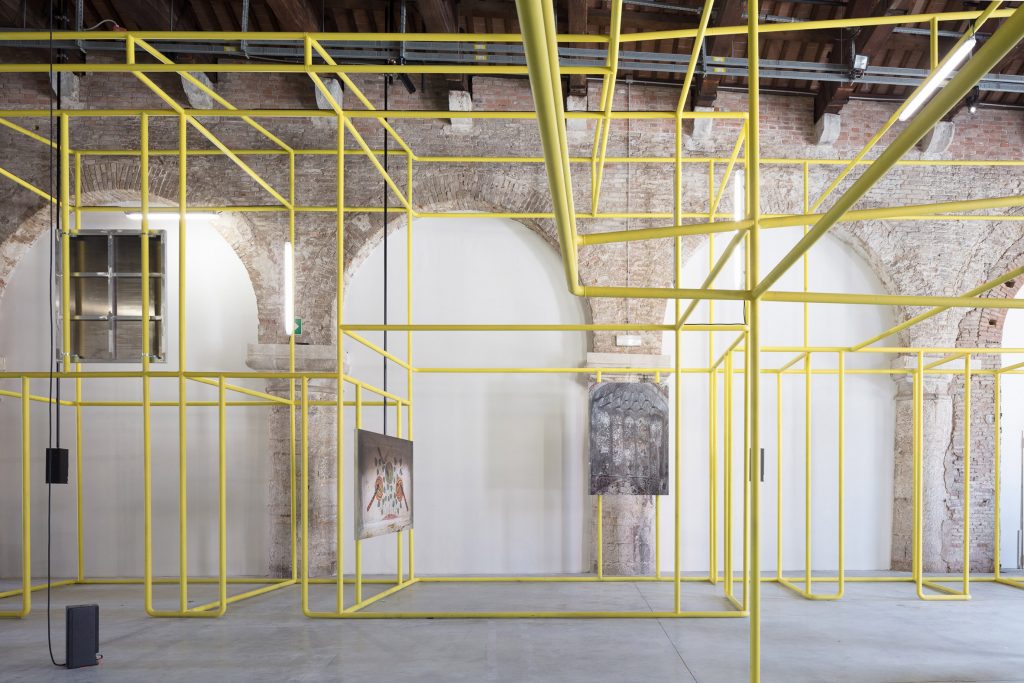
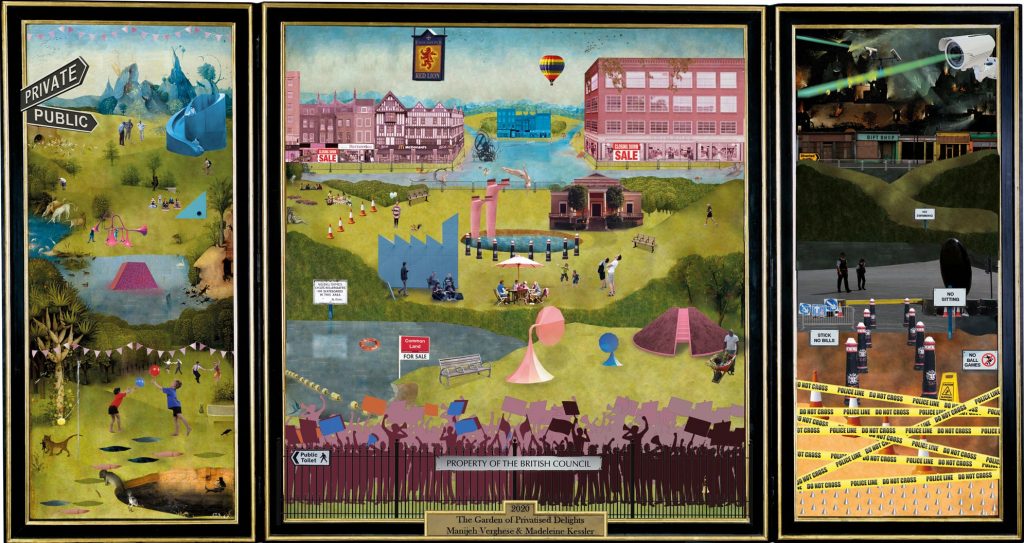
The Garden of Earthly Delights (Great Britain) curated by Manijeh Verghese and Madeleine Kessler
The British Pavilion this year explores the disturbing topic of the rapid increase in privately-owned public space. Inspired by the famous Hieronymus Bosch painting, The Garden of Earthly Delights, and curated by London studio Unscene Architecture, The Garden of Privatised Delights comprises a series of interactive rooms that investigate how specific public spaces, including pubs, high streets and green spaces can be better designed to be more inclusive.
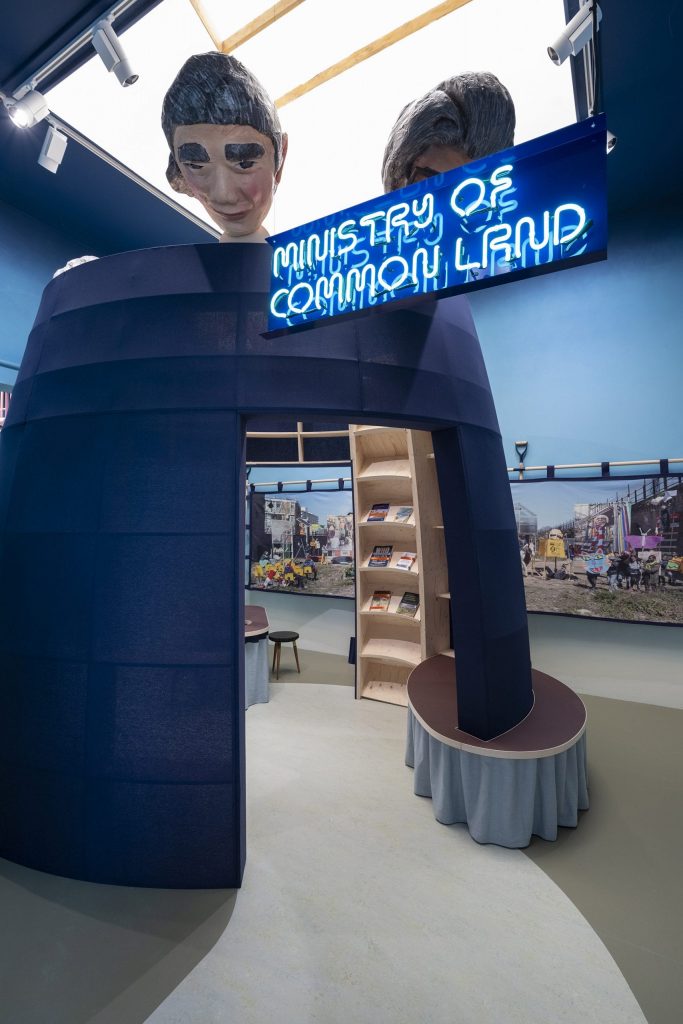
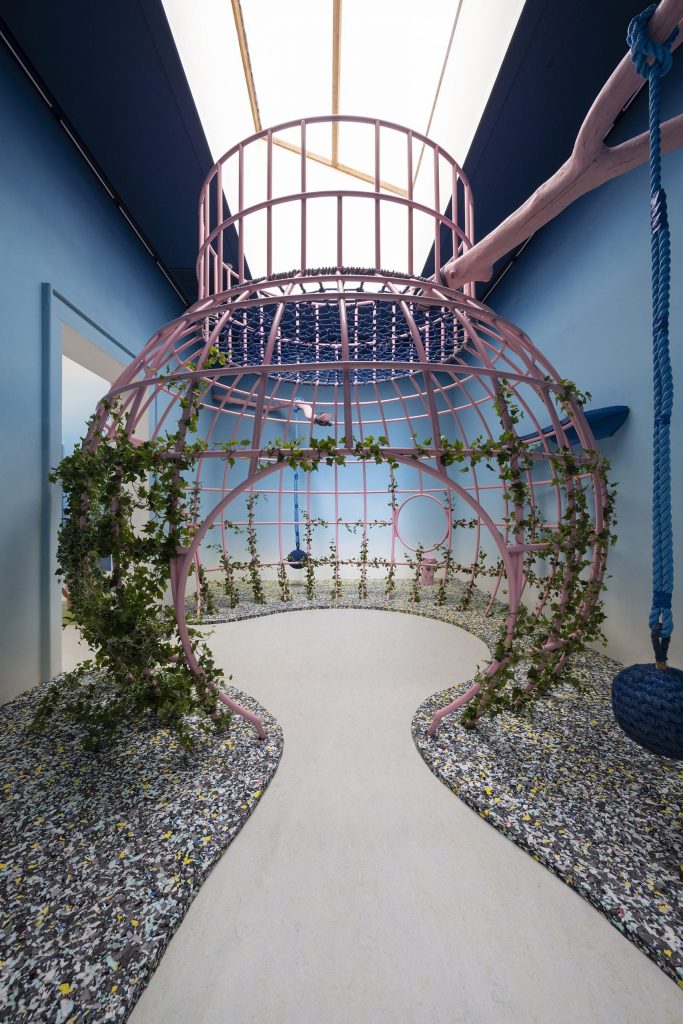
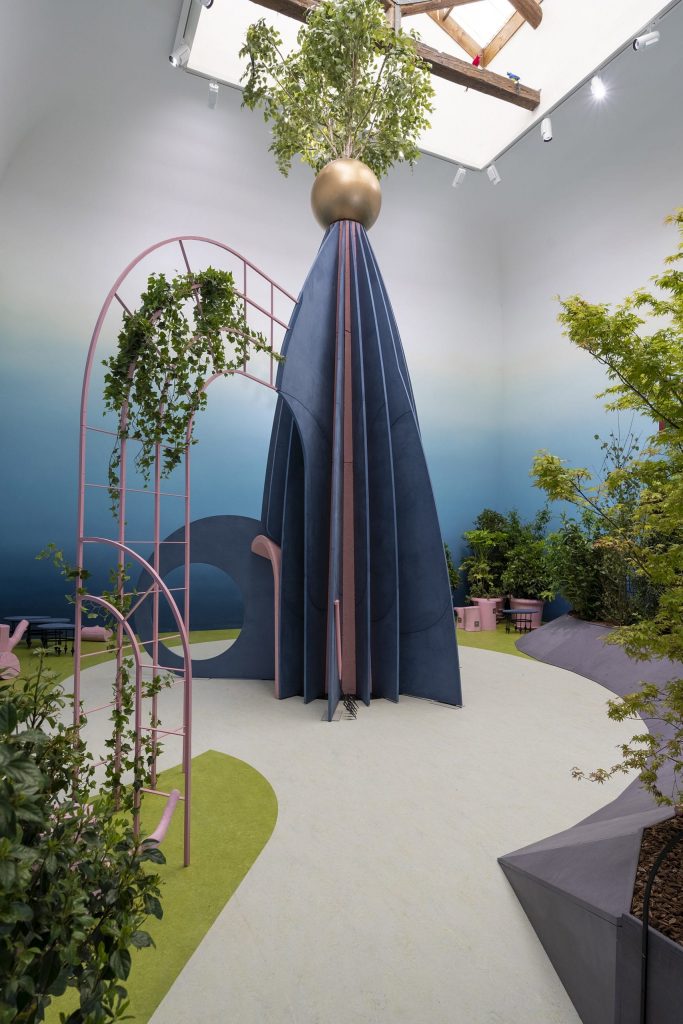
The Garden of Earthly Delights (Great Britain) curated by Manijeh Verghese and Madeleine Kessler
The themes explored within The Garden of Privatised Delights (including the demise of the high street; how facial recognition technology is used; access to green space; who owns public space) have become even more urgent as a result of the global pandemic. The pandemic has highlighted the importance of access to public space and how this reflects the inequalities in our society.
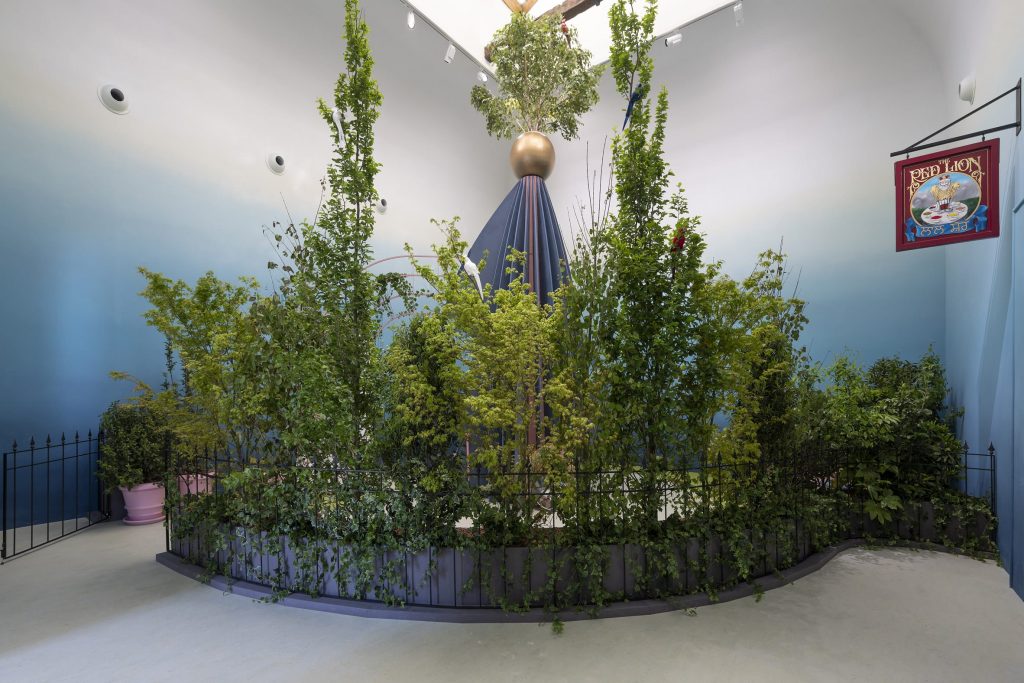
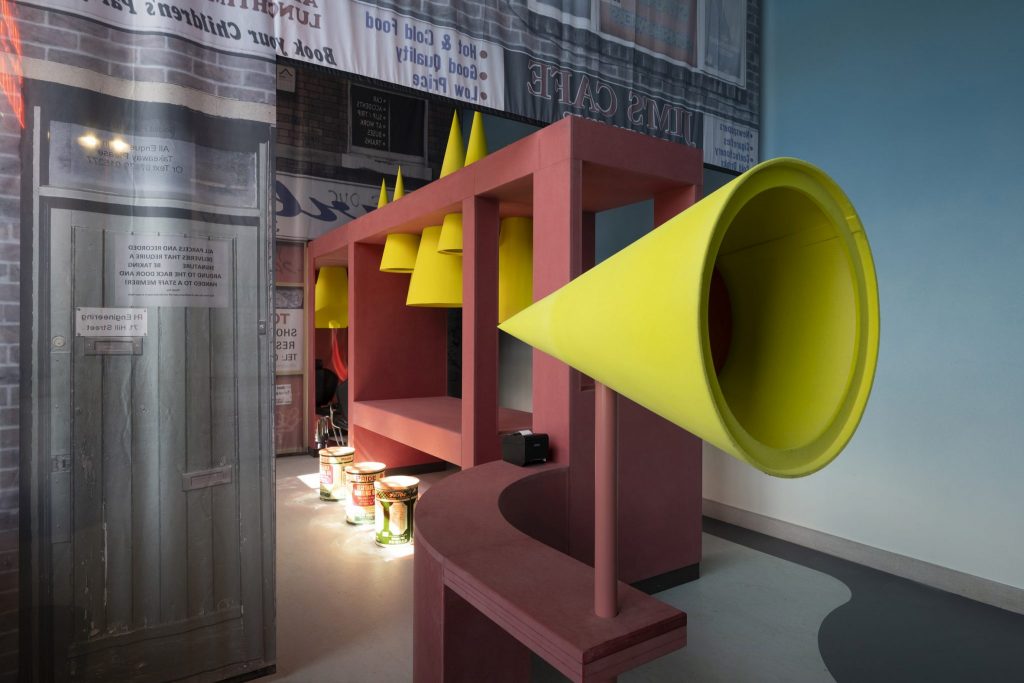
The Garden of Earthly Delights (Great Britain) curated by Manijeh Verghese and Madeleine Kessler
Unscene Architecture’s Manijeh Verghese and Madeleine Kessler have created immersive replicas of typical British institutions, such as a pub and an inaccessible garden square, to encourage discourse on how private and public sectors can work together to improve the use of, access to and ownership of all public spaces.
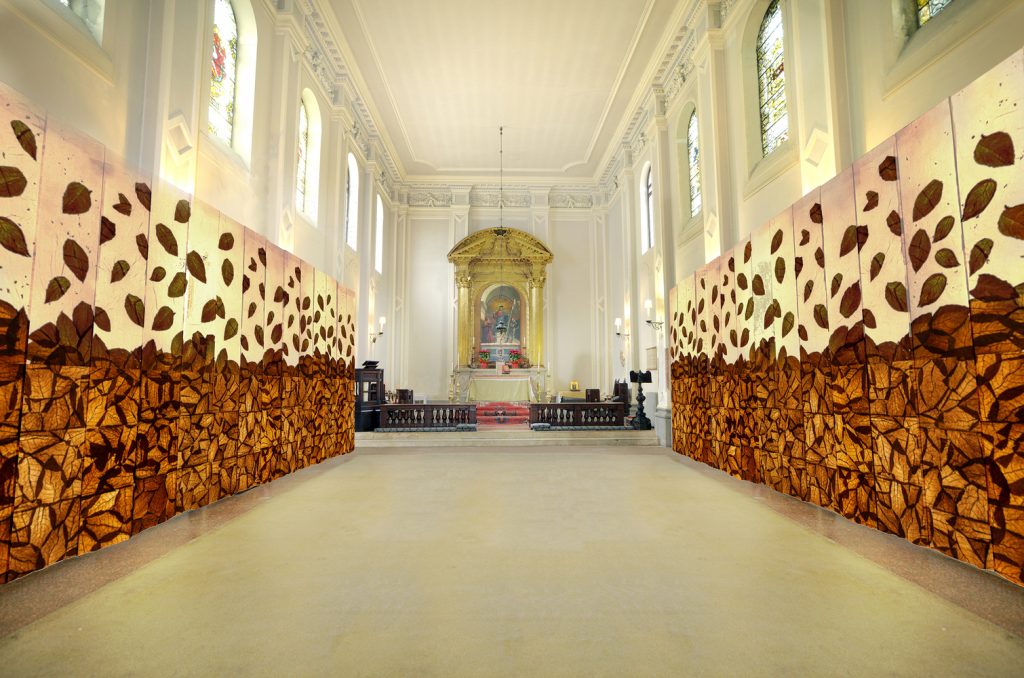
CONEXIÓN (Dominican Republic) curated by Roberta Semeraro and LiLeón
Located in the nave of St. George’s Anglican Church in Venice, CONEXIÓN is a work of interior architecture created by the artist and architect Lidia León Cabral, known under the brush name LiLeón. The installation comprises panels made of tobacco leaves, inspired by the church’s ancient stained-glass windows, a part of Venice’s extraordinary artistic and artisanal heritage. The tobacco leaves, in shades of brown and yellow ochre, echo the colors of the church’s religious artifacts and the precious eighteenth-century altarpiece frame.
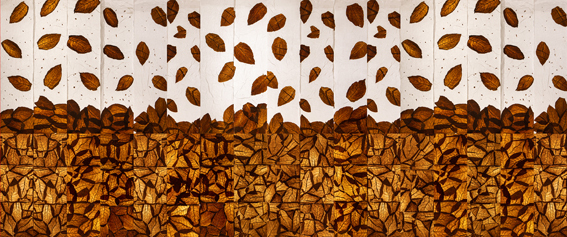
CONEXIÓN (Dominican Republic) curated by Roberta Semeraro and LiLeón
CONEXIÓN is conceived by the artist as an example of architecture that supports and encourages a state of coexistence between individuals inside the space, which makes the plurastic Anglican church, with its openness to all artistic expression and diverse theological tendencies, a perfect home for the artwork. The installation urges visitors towards a greater sense of communal spaces as a common good to be passed down to future generations. The transparency of the leaves suggests the idea of a shared space as a single living organism, in which individual people are its infinite particles in perpetual transmigratory motion.

CONEXIÓN (Dominican Republic) curated by Roberta Semeraro and LiLeón
Thanks to digital devices, visitors to the church will have the opportunity to participate in activities held in the Dominican Republic, and vice versa: the Dominican audience will be able to connect via streaming to events held in the space in Venice.
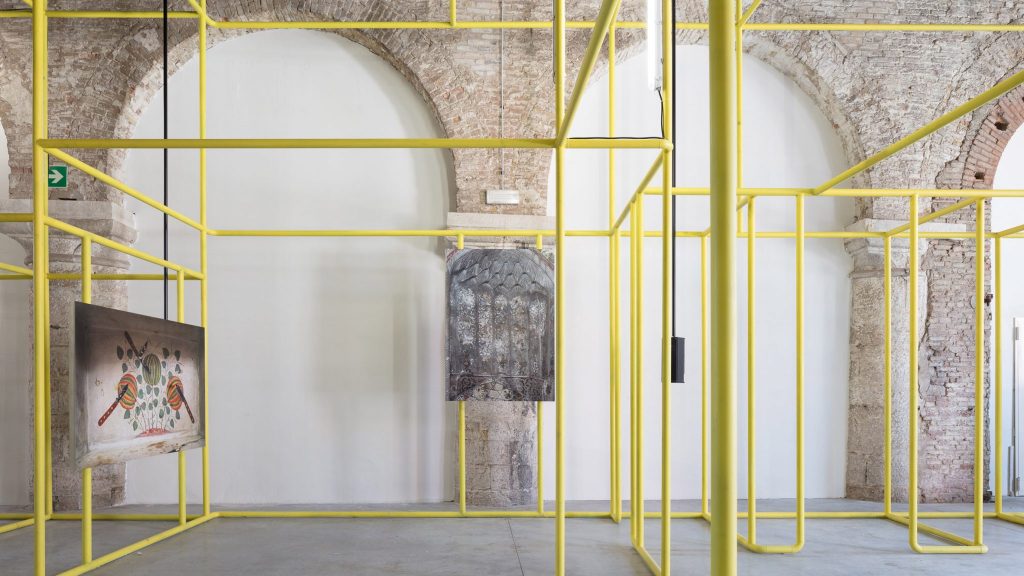
Mahalla: Urban Rural Living (Uzbekistan) curated by Emanuel Christ and Christoph Gantenbein (also header image)
Participating for the first time at the Biennale, Uzbekistan’s exhibition “Mahalla: Urban Rural Living” has been curated by Swiss architecture studio Christ & Gantenbein. Mahallas are a form of urban organisation that is simultaneously a housing solution, a powerful cultural center and an effective self-governing body. Due to serious economic pressure, changing habits, and their lack of modern infrastructure, Uzbekistan’s 9,000 mahallas are slowly being replaced by new forms of housing.
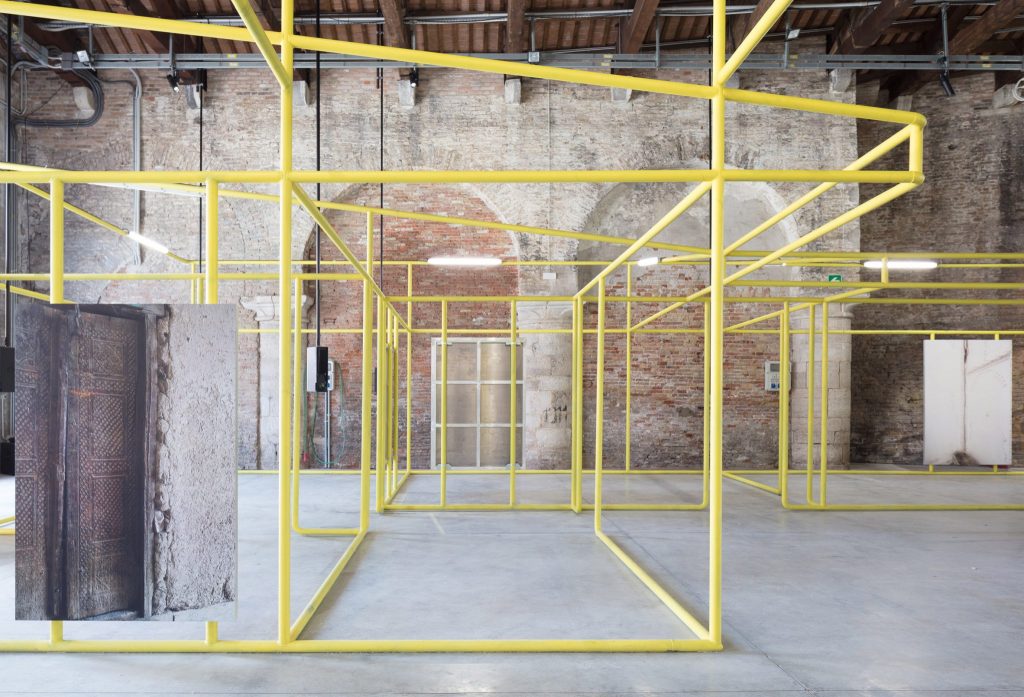
Mahalla: Urban Rural Living (Uzbekistan) curated by Emanuel Christ and Christoph Gantenbein
Located in the Arsenale, the pavilion explores whether, at a time when the ecosystem of the anonymous megacity is literally reaching its limits, the social organization of these neighbourhoods can offer society an alternative sustainable model of living together in dense urban environments.
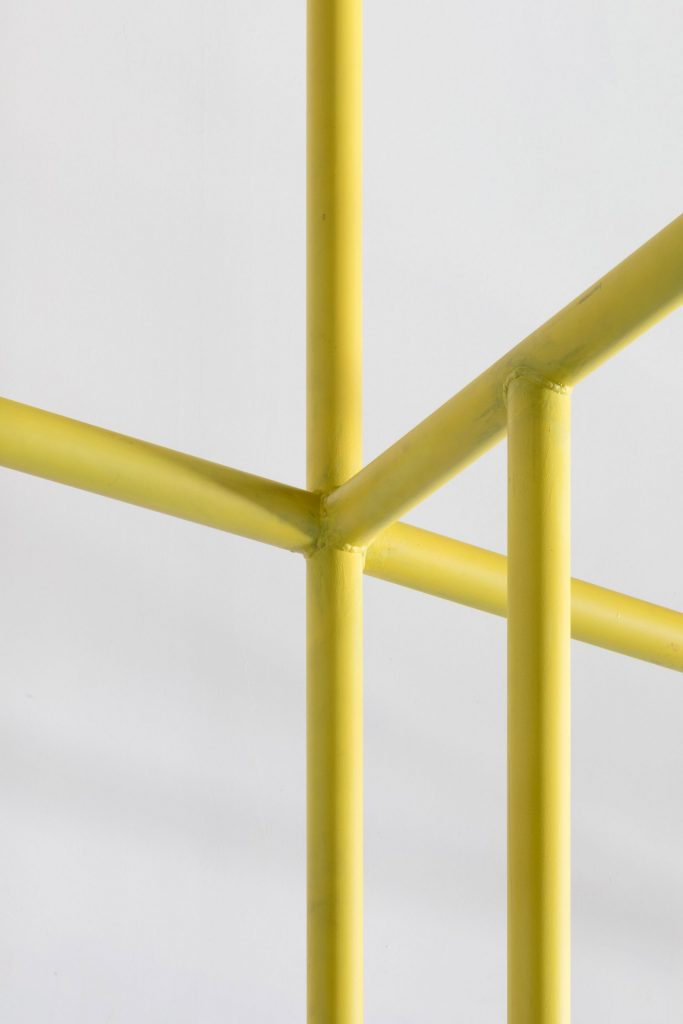
Mahalla: Urban Rural Living (Uzbekistan) curated by Emanuel Christ and Christoph Gantenbein
Growing out of a project led by the team at ETH Zurich researching and documenting mahallas, the project is an abstract full-scale replica of a house in an Uzbek mahalla made from yellow steel, as an open-ended three-dimensional collage that invites us to consider new possibilities for living together.
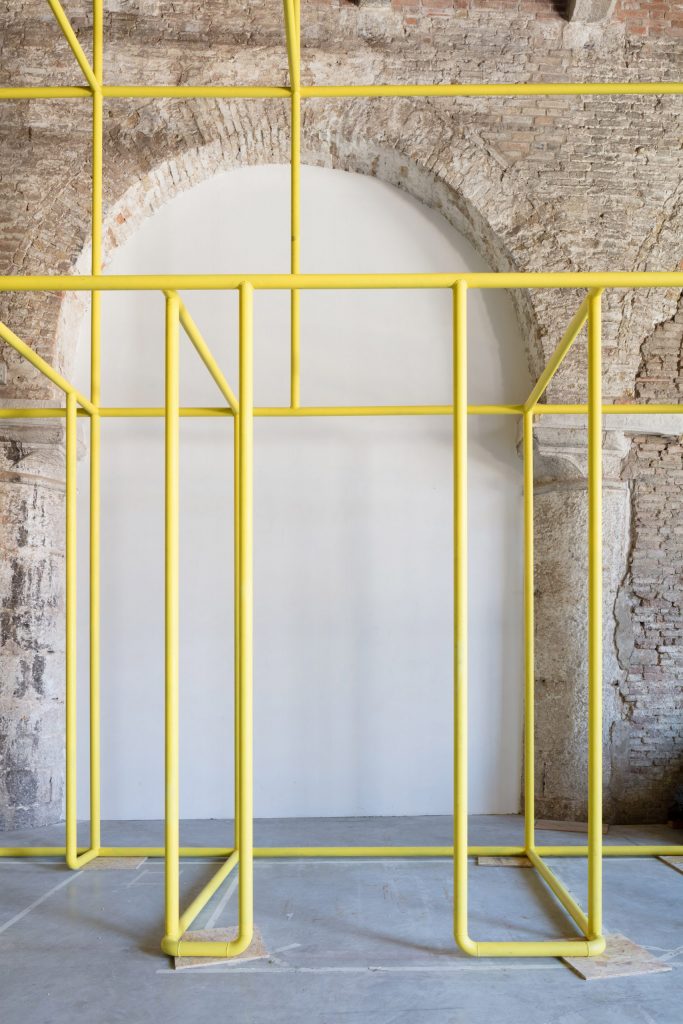
Mahalla: Urban Rural Living (Uzbekistan) curated by Emanuel Christ and Christoph Gantenbein
The exhibition is accompanied by an app allowing users to experience the architecture suggested by the soundscapes recorded by Spanish filmmaker Carlos Casas and images by Dutch photographer Bas Princen.